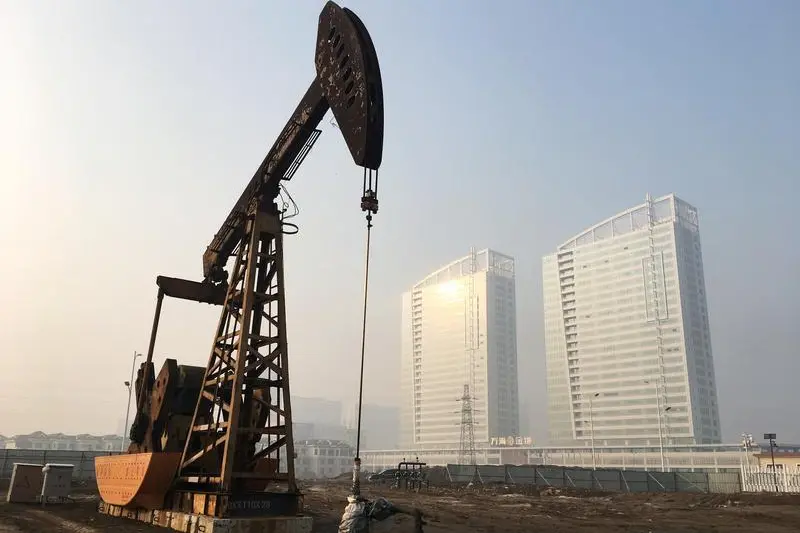PHOTO
LAUNCESTON, Australia - Asia's imports of crude oil are on track for a strong rebound in May as the region's two biggest buyers, China and India, suck up Russian cargoes.
A total of 27.73 million barrels per day (bpd) of crude is expected to be offloaded at ports in the top-consuming region in May, according to data compiled by Refinitiv Oil Research.
This is up 8.6% from the 26.39 million bpd in April and will be the strongest outcome so far in 2023.
The strength was concentrated in China, the world's biggest crude importer, which is expected to land 11.96 million bpd in May, up from April's relatively soft 10.96 million and just below the 34-month high of 12.37 million bpd in March.
The robust imports by China come as the traditional refinery maintenance period ends and refiners ramp up throughput to build stockpiles ahead of the peak summer demand season.
It's also worth noting that cargoes are arranged months ahead of physical delivery, so May's outcome is more a reflection of what refiners anticipated demand would be.
This means if there is any concern that the recent run of mixed economic data will cause fuel demand growth to be somewhat lower than expected, it will likely only show up in crude imports from June onwards.
In the meantime, Chinese refiners have been taking advantage of the discounts offered on Russian crude, which has been banned from Europe as part of Western efforts to punish Moscow for its invasion of Ukraine.
China's imports of both seaborne and pipeline crude from Russia are expected to reach 2.0 million bpd in May, according to Refinitiv, up from 1.74 million bpd in April.
This means Russia once again replaces Saudi Arabia as China's top supplier, with imports from the kingdom expected at 1.95 million bpd in May, down from April's 2.07 million.
Russia and Saudi Arabia have played tag with each as China's top supplier in the wake of the conflict in Ukraine as Chinese refiners turned to the steeply discounted Russian crude.
INDIA STRENGTH
Russian crude has also become the major player in India, with imports rising to 1.97 million bpd in May, up from 1.68 million bpd in April.
This gives Russia a 38.6% market share of India's total of 5.10 million bpd in May, which is also the second-highest monthly import volume on record behind April 2022.
India's switch to Russian crude is, similar to China, driven by its cheaper cost, with the South Asian country's traditional suppliers in the Middle East sacrificing market share.
India's imports from Saudi Arabia are expected at 570,000 bpd in May, down from 690,000 bpd in April and 850,000 bpd in March, while those from Iraq are likely to slip to 890,000 bpd in May from 900,000 bpd in April and 1.02 million bpd in March.
India's appetite for crude has been driven by stronger domestic fuel consumption and by rising exports of refined fuels such as diesel and gasoline.
However, some exports may be at risk in coming months as European buyers are said to be concerned about buying fuels from India that may have been refined from Russian crude, or partly from Russian oil.
This may lead to some slackening of demand for India's refined products, which in turn is likely to force another round of re-aligning product flows as the oil industry battles to continue to use Russian crude and products.
China's exports of refined fuels have also been strong, rising 44.3% in the first four months of the year from the same period in 2022.
However, these volumes are expected to drop in May as refiners exhaust export quotas and domestic demand recovers. Refinitiv expects diesel shipments to drop for a fifth straight month, plunging to under 200,000 tonnes, well below the 2.41 million tonnes in December.
However, China's gasoline exports are expected to rise slightly to between 900,000 to 1.2 million tonnes in May from 820,000 tonnes in April, as high refinery utilisation results in output of the light motor fuel exceeding the growth in domestic demand.
The opinions expressed here are those of the author, a columnist for Reuters.
(Editing by Sam Holmes)





















